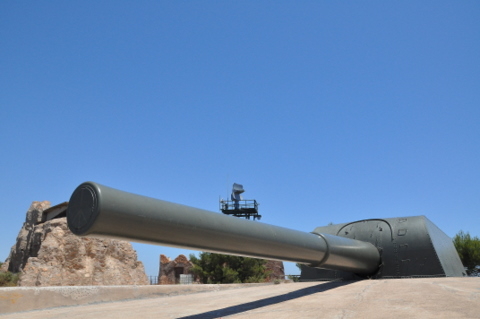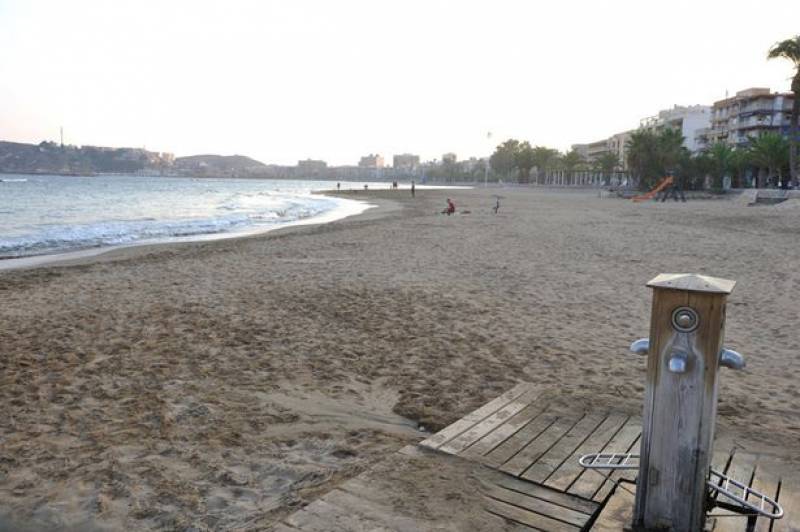The church of San Francisco Javier in San Javier
La Parroquia San Francisco Javier, parish church and museum
Parroquia San Francisco Javier
Plaza de la Iglesia, Calle Luis Garay, 6, 30730 San Javier
Telephone 968 571085
MASS TIMES
April to September: weekdays 20.00, Saturdays and the days vefore religious holidays 20.00, Sundays and religious holidays 10.00 and 20.00.
October to March:weekdays 19.00, Saturdays and the eve of religious holidays 17.30 and 19.00, Sundays and religious holidays 10.00, 12.00 and 19.00.
Please note: Hours of Mass may vary due to special festivities. To double check go to parroquiasanjavier.es,
Location
Click for map, Parroquia San Francisco Javier, San Javier
History of the parish church of San Francisco Javier
At the beginning of the 17th century the area which now includes San Javier was scarcely populated by just a few families carrying out fishing and agricultural activities, threatened all the time by the menace of Berber pirates, who harassed them and stole their crops and animals.
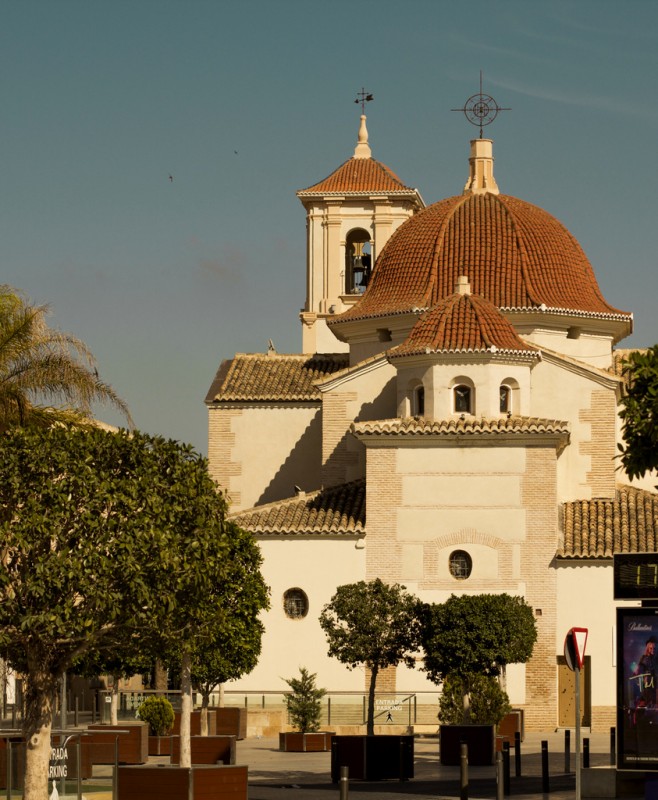 The area had been inhabited by a succession of cultures, (see history of San Javier) and since the Middle Ages had been undergoing a very slow repopulation, with Christianity the dominant religion by this point in time. In the early 17th century the residents decided to build a church in honour of San Francisco Javier, a saint associated with the healing of fevers and illnesses caused by proximity to marshes and swamps. At this time the area was considerably wetter than it is today, hence the dedication of the church to this saint.
The area had been inhabited by a succession of cultures, (see history of San Javier) and since the Middle Ages had been undergoing a very slow repopulation, with Christianity the dominant religion by this point in time. In the early 17th century the residents decided to build a church in honour of San Francisco Javier, a saint associated with the healing of fevers and illnesses caused by proximity to marshes and swamps. At this time the area was considerably wetter than it is today, hence the dedication of the church to this saint.
The building was in roughly the same position as the current church, at the crossroads which linked the former Roman road along the Mediterranean coastline to the main road which ran to the coast from Murcia.
Around this church a cluster of houses formed, gradually spreading to incorporate the hamlet of La Calavera and attracting people from Cabezo Gordo.
In 1698 Bishop Francisco Fernández Angulo gave the church of San Francisco the status of parish church, and in 1699 work began to build a new church - the one which exists today, with construction completed in 1787.
During the unrest prior to and during the Spanish Civil War the church suffered the same fate as many others across Spain, and was attacked and set on fire. The interior was competely destroyed, putting the stability of the building at risk, and much of the interior decoration and statues were lost. Most of the church and municipal records were also destroyed in the blaze, although residents did manage to save some of the artworks.
The church has undergone a complete restoration since, sculptures rescued from the fire have been restored and replacements made for those which were lost.
One of the most beautiful pieces is Christ crucified, on the right hand wall entering the church. This was one of the pieces which was pulled out of the fire by a local lady who hid it in her home until after the war, when it was returned to the church. It is slightly darkened by the effects of the flames, but is a magnificent piece, painted by an anonymous artist in the late 16th or early 17th century, and can be laid down for use in processions or hung on a cross as it is displayed now.
San José was also rescued from the fire and underwent two restoration procedures to restore him to his current condition.
Tragically the church had formerly held sculptures by the great Murcian master sculptor, Francisco Salzillo, due to the patronage of the Riquelme family who owned land in the municipality, but these were lost in the fire.
There is an interesting museum contained within the Church, the Museo Parroquial, which is open from Tuesday to Saturday between 10.30 and 13.30. Admission is free although visitors may make a voluntary donation to the church if they wish.
It contains an interesting collection of pieces which reflect the history of the church, and is a fascinating place to visit, with some excellent sculptures in its midst. One little piece which stands out is the tiny metal African Belén, and don´t forget to climb up the stairs at the back as they give a striking view of the church from above!
San Francisco Javier
 San Francisco Javier was a missionary Jesuit priest who lived between 1506 and 1552, and was best known for his missionary works in the Far East. For 10 years he preached throughout India and Japan, converting thousands to the Christian faith. He died in 1552 on the island of Sanchon Sancian, at the gates of China.
San Francisco Javier was a missionary Jesuit priest who lived between 1506 and 1552, and was best known for his missionary works in the Far East. For 10 years he preached throughout India and Japan, converting thousands to the Christian faith. He died in 1552 on the island of Sanchon Sancian, at the gates of China.
He was known as a giant of missionary history and was named by Pope Pius X as the official patron of overseas missionaries. His history makes extraordinary reading, battling with illness and adversity, as he worked his way through India, China, Japan and Africa preaching and converting. He was canonised in 1622.
For more information about the municipality of San Javier go to the home page of San Javier Today.
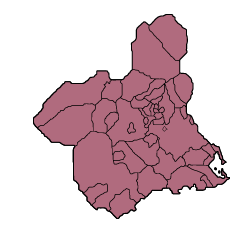



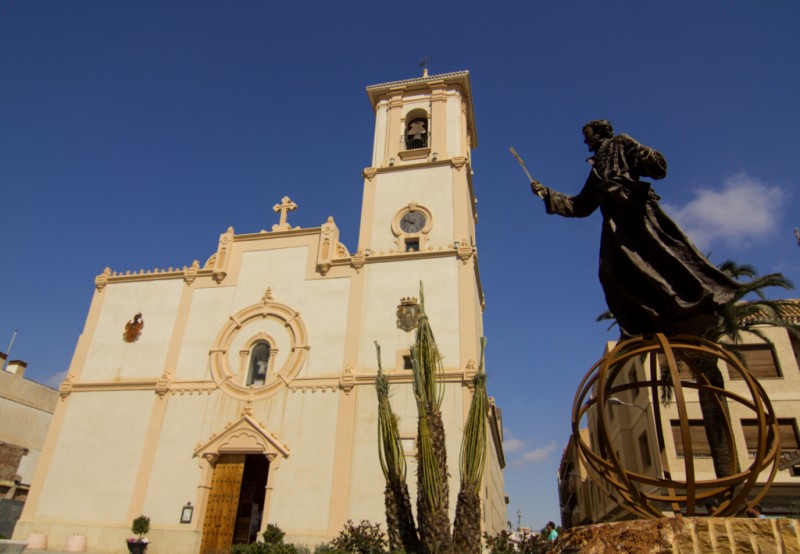
 The area had been inhabited by a succession of cultures, (see
The area had been inhabited by a succession of cultures, (see  San Francisco Javier was a missionary Jesuit priest who lived between 1506 and 1552, and was best known for his missionary works in the Far East. For 10 years he preached throughout India and Japan, converting thousands to the Christian faith. He died in 1552 on the island of Sanchon Sancian, at the gates of China.
San Francisco Javier was a missionary Jesuit priest who lived between 1506 and 1552, and was best known for his missionary works in the Far East. For 10 years he preached throughout India and Japan, converting thousands to the Christian faith. He died in 1552 on the island of Sanchon Sancian, at the gates of China.